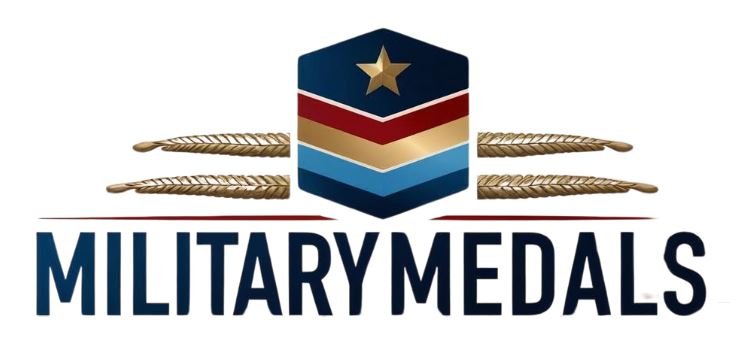President Trump recently announced the restoration of several Army base names that originally honored Confederate military figures. This decision reverses a renaming process initiated by Congress and completed under President Biden. The bases will now bear new names honoring different service members, marking a significant shift in their historical significance.
In a speech at Fort Bragg, which was previously known as Fort Liberty, President Trump emphasized the historical importance of these bases and the victories associated with them. He highlighted the decision to maintain the original names out of respect for their past significance and expressed a sense of superstition regarding the change.
Under the new naming process, seven Army bases will revert to variations of their original names but will no longer be formally associated with Confederate figures. Instead, they will honor other service members who share similar names, reflecting a broader spectrum of military history and heroism.
Among the renamed bases is Fort Gordon in Georgia, which will now honor Master Sgt. Gary I. Gordon, a Medal of Honor recipient from the Somalia conflict. Similarly, Fort A.P. Hill in Virginia will recognize three Civil War Medal of Honor recipients, further diversifying the base’s historical legacy.
Fort Hood in Texas, originally named after John Bell Hood, will now honor Col. Robert B. Hood, a World War I hero. The renaming of Fort Lee in Virginia to Fort Gregg-Adams will pay tribute to Pvt. Fitz Lee, recognized for heroism in the Spanish-American War, adding a new chapter to the base’s identity.
Other bases such as Fort Pickett, Fort Polk, and Fort Rucker will also undergo name changes to reflect the heroic deeds of service members from different eras. These shifts represent a deliberate effort to broaden the narrative of these military installations and recognize a more diverse range of individuals who have contributed to the nation’s defense.
Earlier this year, Fort Bragg and Fort Benning were among the bases that had their original names reinstated by the Trump administration. This move marked a departure from recent renaming efforts and signaled a return to recognizing non-Confederate soldiers with historical ties to the bases.
Secretary of the Army Daniel Driscoll will oversee the immediate implementation of the new names for the seven bases, reflecting a swift transition in honoring different service members. These changes will undo the work of the Naming Commission, which was established by Congress to address the issue of Confederate symbols and oversaw the renaming process.
The decision to revert to the original base names represents a broader trend in reassessing historical symbols and commemorations. By acknowledging a more diverse array of military figures, these changes seek to create a more inclusive and representative narrative of the nation’s military history.
As the military bases adopt new namesakes, they not only redefine their identity but also reflect the evolving perspectives on historical figures and their legacies. The renaming process underscores the ongoing dialogue surrounding the nation’s past and the ways in which it is commemorated within the military landscape.
📰 Related Articles
- Trump Administration Threatens International Student Experience at Harvard
- Trump Administration Halts Student Visa Appointments, Expands Social Media Vetting
- Indian Students Reconsider US Education Amid Trump Administration Uncertainty
- Honoring Chamorro War Heroes with Congressional Medal of Honor
- Vietnam’s General Party Secretary To Lam Joins Moscow Parade Honoring WWII Victory






